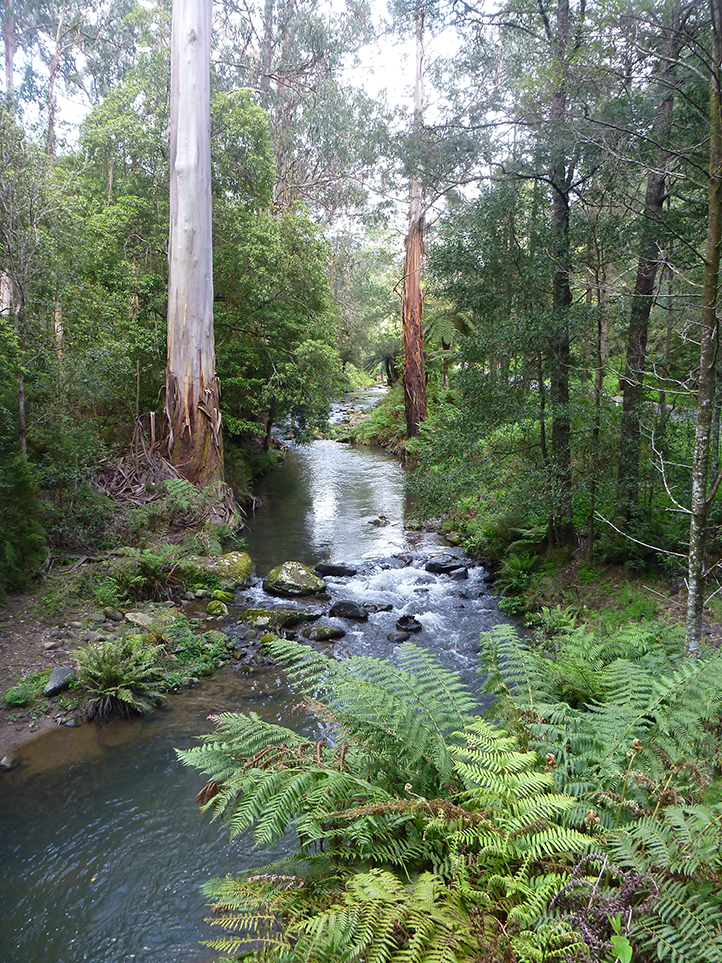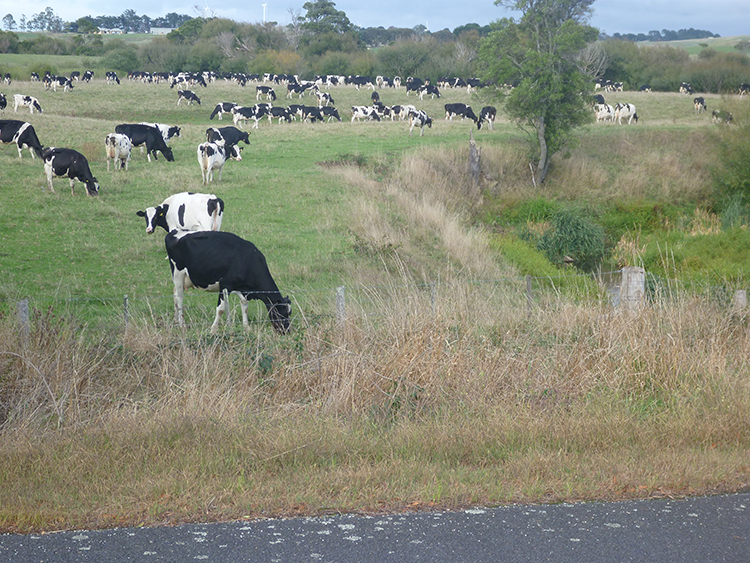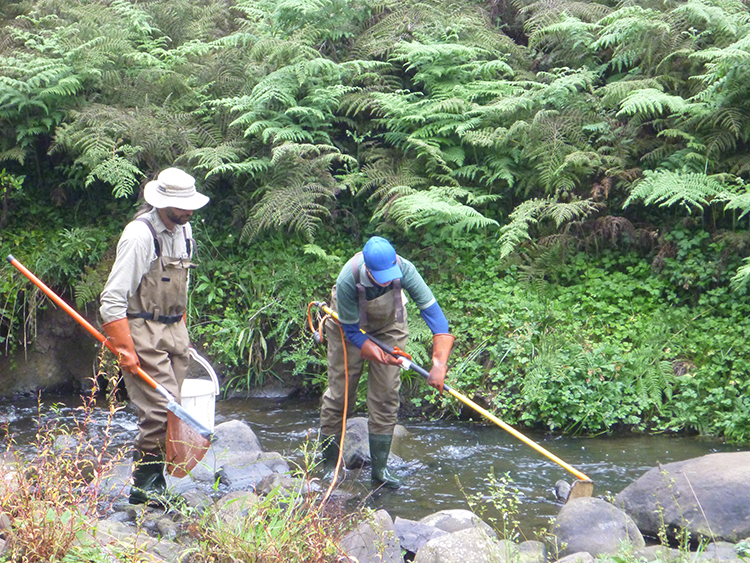Catchment Management & Waterway Health
Catchment Management

Protection of our water sources and catchments is important and is a cornerstone of the Australian Drinking Water Guidelines.
South Gippsland Water has adopted the ‘catchment to tap’ approach that is recommended by the Australian Drinking Water Guidelines (the Guidelines) to manage the risks associated with drinking water quality.
The Guidelines recommend that best practice drinking water quality management is achieved using a multiple barrier process. This approach is based on the premise that no single treatment mechanism is infallible; each ‘barrier’ reduces risk to water quality incidents when it is applied in a robust manner.
Catchment management and source water protection provides the first barrier for the protection of water quality. In providing the community’s water needs both in terms of quality and quantity South Gippsland Water operates to ensure protection for the source catchments and environment.
SGW Water Supply Catchment Management Plan
There are nine legislated catchments from which South Gippsland Water extract drinking water from. These are specified under Schedule 5-Special Water Supply Catchment Areas of the Catchment and Land Protection Act 1994.
Proclaimed Catchments South Gippsland Water
A snapshot of water quality in the drinking water catchments of South Gippsland reveals that water quality varies across the region. Each catchment has its own risk profile, catchment characteristics and resulting water quality.
Stock accessing waterways in drinking water catchments currently poses the greatest risk to source drinking water quality in the South Gippsland Water region.
To find out how landholders and the community can help manage land in our drinking water catchments visit Protect our waters, protect our health.
For information regarding planning permits in open, potable water supply catchment areas please visit our Land Development page.
Waterway Health
Healthy rivers provide everyone with:
- a healthy environment;
- healthy habitats for plants and animals to live in;
- better quality water for use in our homes and in agriculture;
- attractive places for families and tourists to enjoy
River health is impacted by human activity and associated impacts on flow, land use in the catchment and direct management in the channel.
The waterways in the South Gippsland Drinking Water Catchments are highly modified to support essential agricultural, economic and social activity and it is important to recognise the importance of these social and economic values of the river. However it is also important to balance these needs with maintaining a healthy environment.

Dairy farming in the Agnes River Catchment images
The main components of the SGW health program incorporate:
- Catchment processes
- Water quality and sediment chemistry, including contaminants
- Aquatic and riparian life
- In-stream physical processes – hydrology and geomorphology
How SGW measure river health
We measure a wide range of features so we can build a summary of a river’s health, including:
- Water quality parameters
- Biological assessment of the waterway
- Hydrology of the waterway pertaining to drinking water supply

